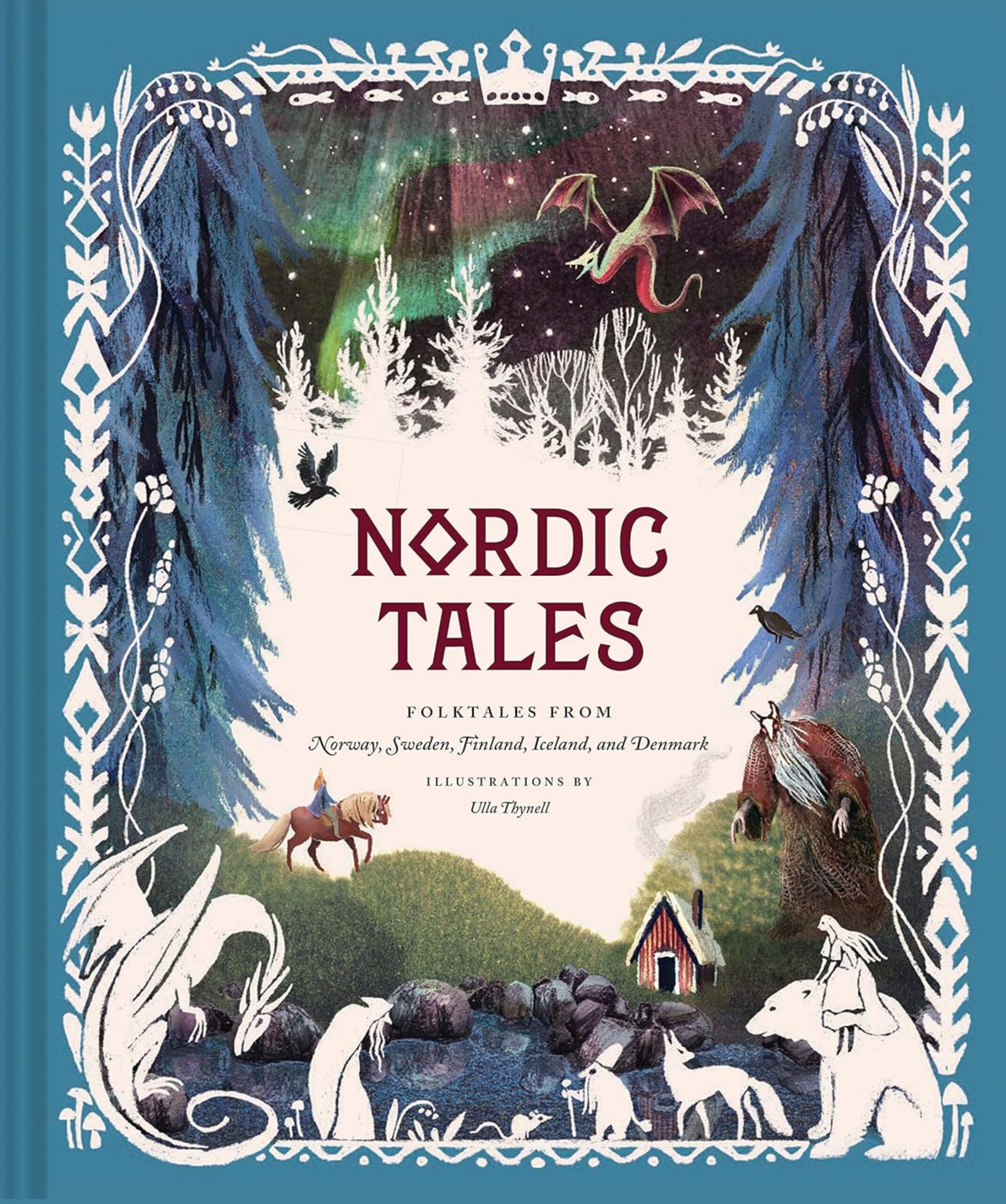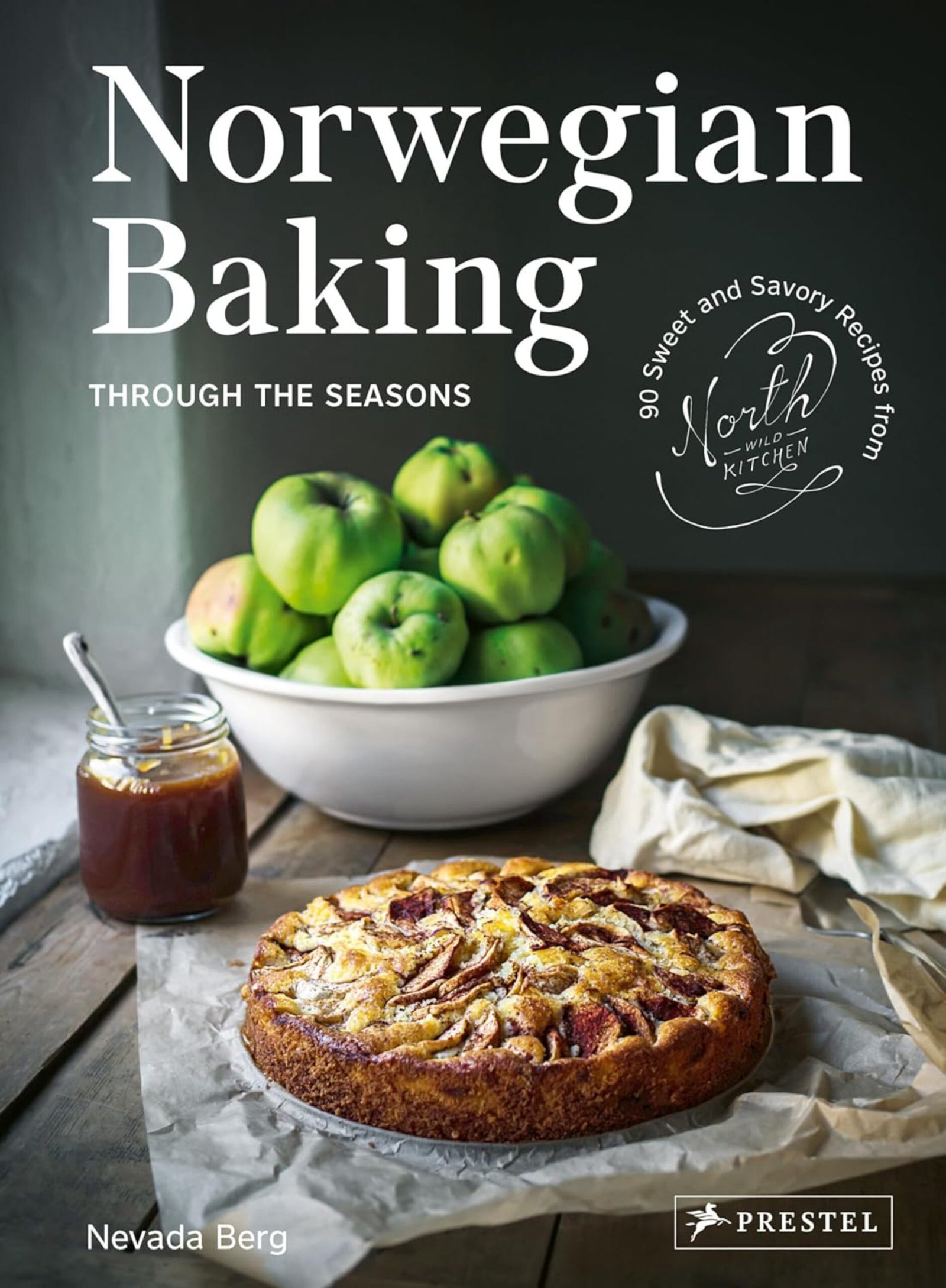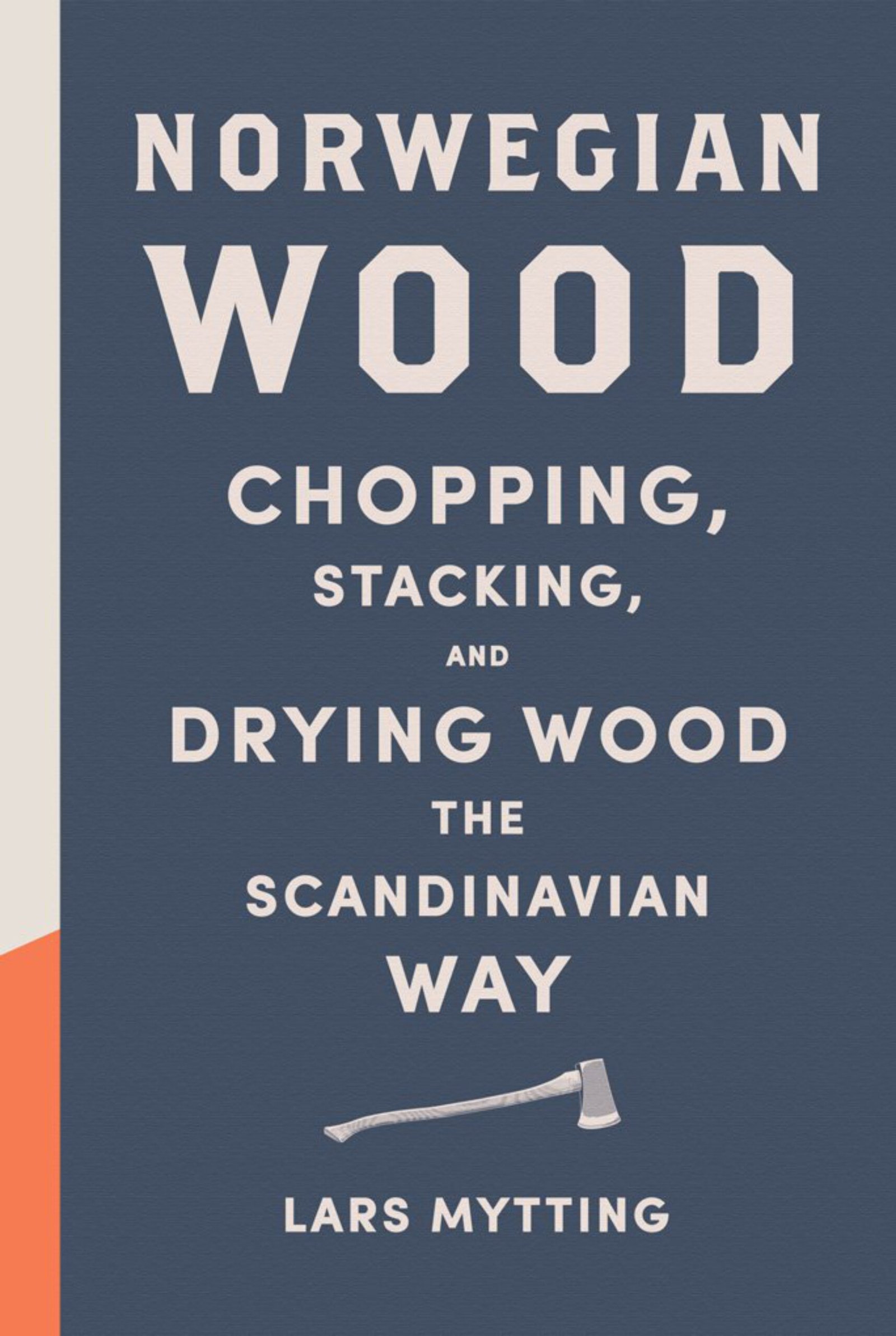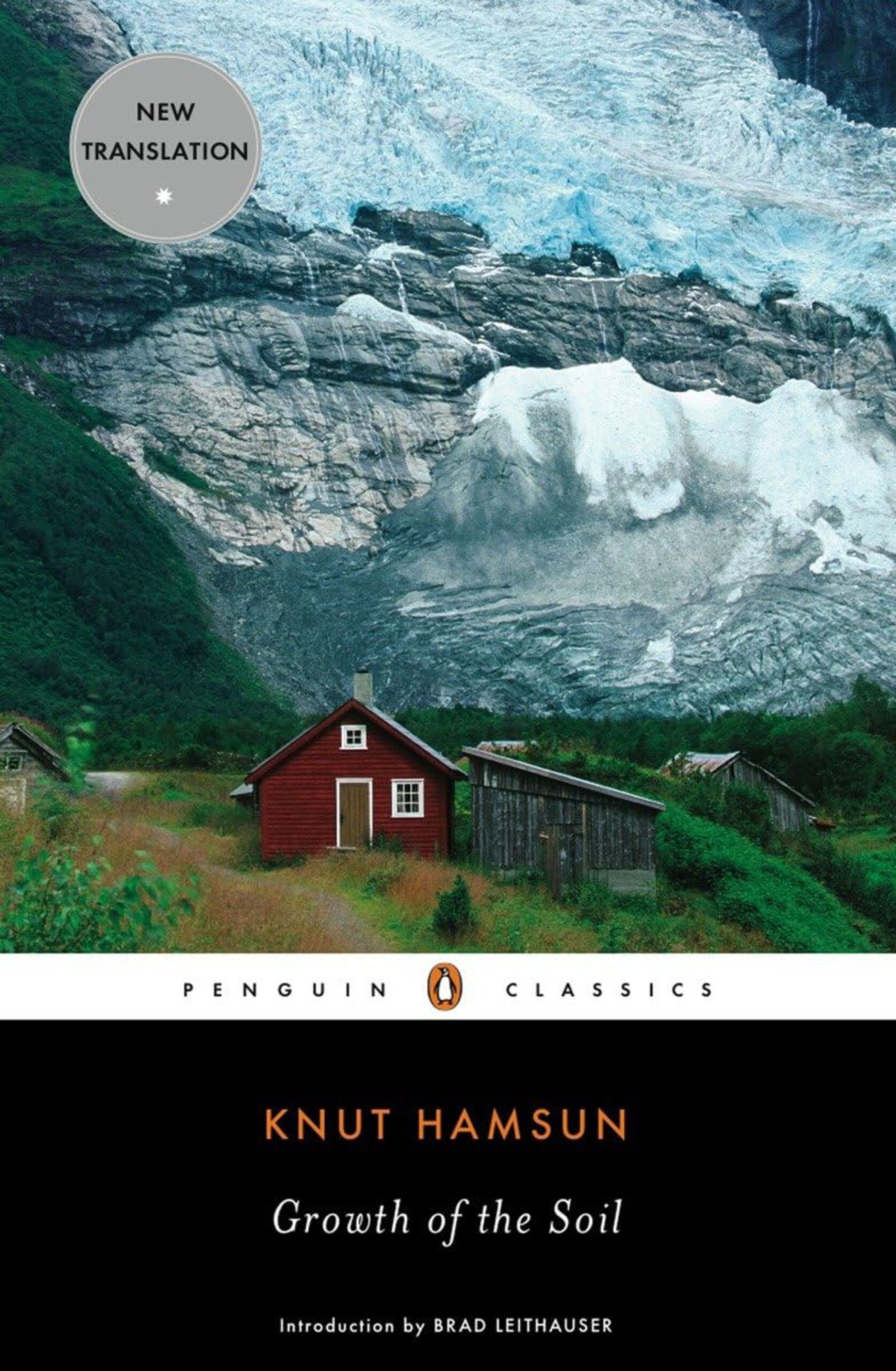Mother Nature
The old Norwegians followed the rhythm of the day, they adapted to the landscape they lived in and the changing of the seasons. The daylight and the weather were natural restrictions – and the people had no option but to obey. There was a time for work – and a time for rest.
The old house
All through the Middle Ages – and in certain parts of Norway well into the 1700s – the typical farmhouse was a single-storey log building with no windows – a so-called årestue – with just an open fireplace in the centre of the room. There was an earthen or stone floor, and the smoke from the fire would gather in the upper part of the room, before escaping through a vent in the roof – a ljore. The only natural light came through the smoke vent, which in earlier times consisted of a transparent cow’s stomach stretched over a wooden frame – or through the entrance door. Many of the emigrants from Norway to America knew such buildings.
The hour of twilight
During winter, when the daylight disappeared early, people finished their outdoor chores and headed for the warmth of the fireplace. In the light of the fire, they had something to eat and rested for a while before the lamp was lit. For many, this twilight hour was the part of the day that later in life evoked happy childhood memories: maybe the sight of a dear mother darning an old sock in front of the fire – or the sound of the peaceful breathing of a father resting in his bed. In the hour of twilight, there was peace and quiet; no lamp was lit until it was almost entirely dark.

Kjellebergstua from Valle in Setesdal. King Oscar II’s collection, Norsk Folkemuseum, Oslo. | Photo: Axel Lindahl – Norsk Folkemuseum – Public domain.
Evening chores
Later, when the lamp was burning, the people started their various evening chores and activities. Father mended a shoe, made a wooden rake or rubbed the horse’s harness with grease. Mother sat with her spinning wheel, turning wool into yarn. Often, she did this during the autumn. After Christmas, she used the thread to weave the cloth needed for the family’s clothing. The old farm and the family living there was a self-sufficient entity. All from the beginning of time – up until not so long ago – this was how the Norwegians lived their lives.

Drawing of Kjellebergstua from Valle in Setesdal. King Oscar II’s collection, Norsk Folkemuseum, Oslo. | Photo: Norsk Folkemuseum – A. Eggen, 1961 – CC BY-SA.
Recommended read: The Norwegian horse and its history
Main source: «Den norske byggeskikken» by Arne Lie Christensen – Pax Forlag AS 1995





